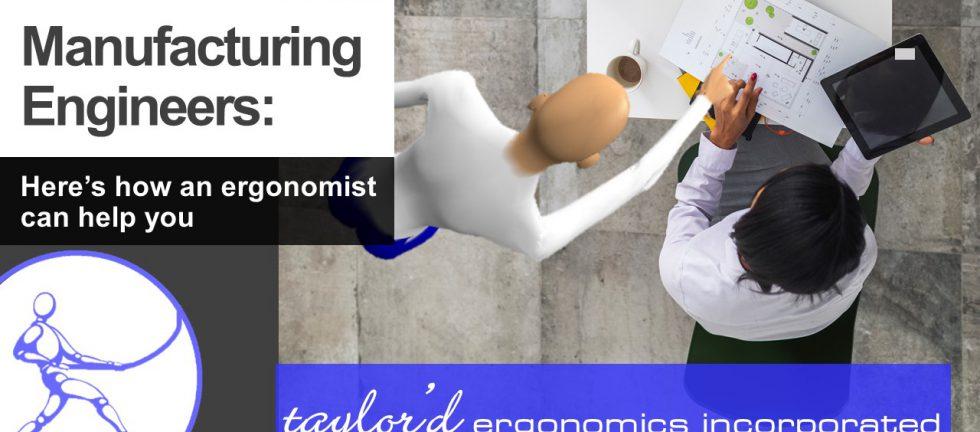Facilities using equipment that “can’t be changed” still, somehow, manage strain/sprain injury risk – we provide platforms, improve tools, use job rotation, and explore the possibility of using exoskeletons. The news that we’re “building a new line” creates a spring of hope that we’ll have an opportunity to eliminate the problems of the old line. Little-known secret: most ergonomists and most workers in these facilities could provide a wish list of changes that we would love to see the next time around.
And thus we assume that, given the opportunity to start from scratch, a new line offers the potential to eliminate all of the problems of the past.
Sadly, when new lines are built, they often look almost identical to the previous lines, and they bring along the old line’s problems with worker-machine fit. An ergonomist might be asked, after the equipment arrives in the plant, whether we want it raised or lowered by a few inches, but beyond that, it’s too late to influence the design.
Why does this happen? Well, re-designing a line is a LOT of work. If the engineering and manufacturing teams can be confident that the new XYZ machine, almost identical to the old one, will produce good quality parts, at the same or faster pace, then why not stick with what “ain’t broke”? Making a substantial change to equipment involves engineering time, risk, trials, and delays. New lines are typically built under surprisingly tight time constraints….funding gets allocated and everyone is in a huge rush to get product out the door.
The pressure to automate, primarily aimed at increasing productivity, has challenged the design process status quo in recent years. In my experience, the processes that are automated first are typically those that have created quality or productivity challenges, which are coincidentally also the ones that create strain/sprain injury hazards. Yay! Our priorities align!
Automation is great, but most work still involves some worker-machine interfaces. The tasks that are most awkward, irregular, and mentally challenging are the last to be automated. And in this way, the remaining worker-machine interfaces become more complex, with greater potential for errors, productivity issues, and, yes, strain/sprain injury potential.
If your organization is planning an expansion, even in the distant future (especially in the distant future), now is the time to get your engineers thinking about ergonomics. If we design so that humans can do the job comfortably, the design will almost certainly also optimize productivity and quality. Don’t wait until the equipment comes in the door to think about the workers who will operate it. Ergonomists, or engineers with ergo training, need to be at the table, looking at the initial designs. Workers should also be involved; ask them what they wish they could change about the equipment you’re replacing.
Send your design team to our “Ergo Design” workshop on March 30 in Cambridge…we have a few spots open. (We can also come to your facility to teach this course; contact carrie@taylordergo.com for information.)


